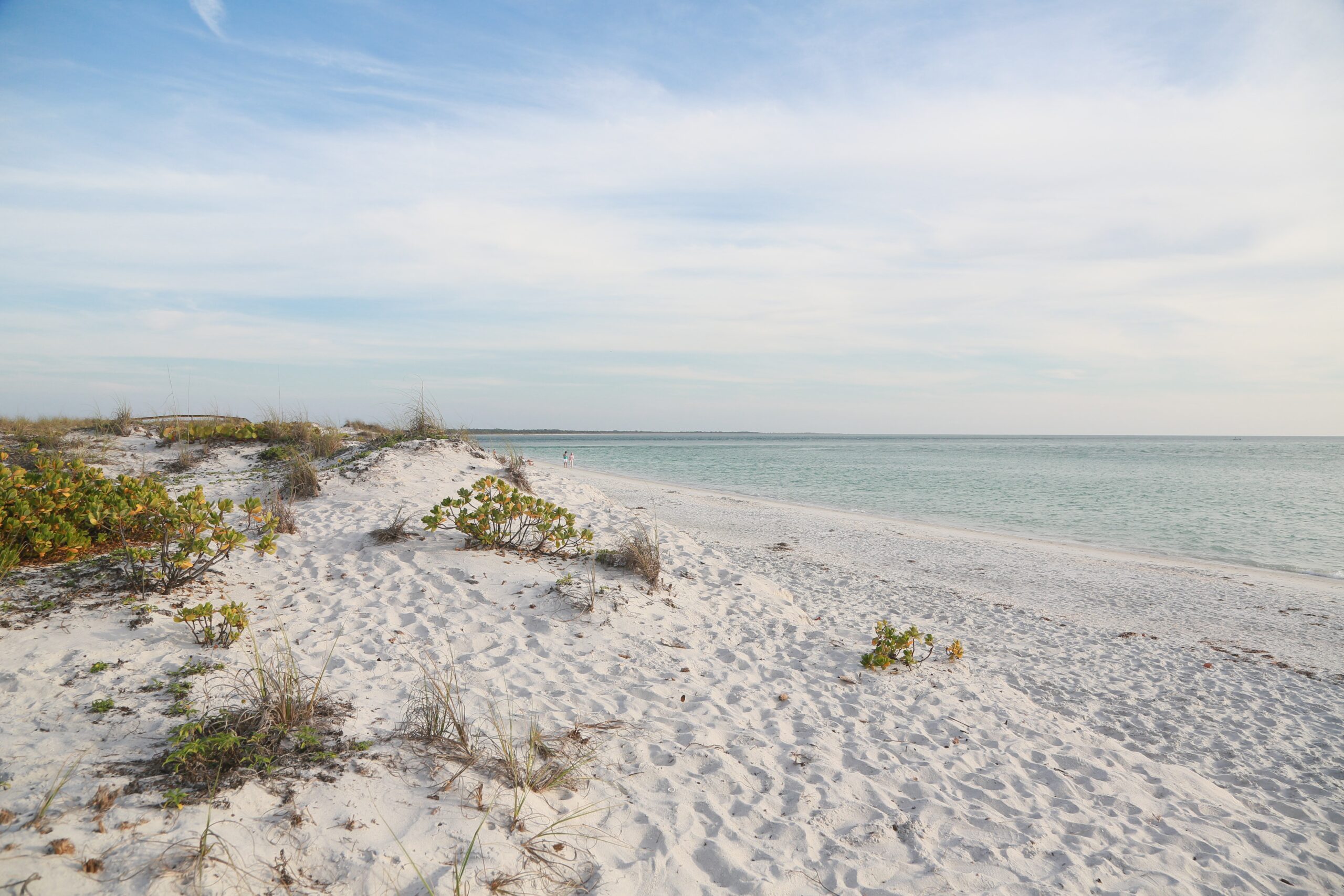In a surprising turn of events, a video has recently gone viral showcasing a black bear luxuriating in the surf and basking under the Floridian sun at a popular beach in Destin. In the video, beachgoers can be seen in awe as they inch closer to the young bear, seemingly captivated by the unusual sight. This, however, has raised concerns among wildlife experts who caution against the dangers of approaching wild animals too closely. Kennady Brinkley, the stranding coordinator at Emerald Coast Wildlife Refuge, expressed her concern regarding the incident to WEAR News. She warned, “It’s really cool seeing animals out in the wild, but definitely keep your distance.” Brinkley’s organization, which rehabs and releases injured Florida wildlife, has advised people to be more cautious, especially in areas where wildlife is known to cross into human territories.
Intertwining Habitats
Emma Bucey, Emerald Coast Wildlife’s conservation and rehabilitation educator, speculates that the beach-bound black bear likely wandered in from the nearby Eglin property. She noted, “There are a lot of roads they have to cross over all. 87 is one of those big roads they’d have to cross in the area. That’s just to get drivers aware; maybe don’t go so fast.” A series of signs have been posted along the roads to alert people to watch for bears that are now finding their habitats overlapping with ours. While this bear incident at the beach was a novelty for many, local boat charter captain, Chris Kirby mentioned that it’s not as uncommon as people think. “There are a lot of bears at Eglin Air Force Base. They swim across the bay. Sometimes they go for a joy swim,” he said.
Bear Encounters and Safety
The two videos that captured this unexpected bear encounter reveal a common fascination and curiosity among the public. One showed the bear from the perspective of the startled beachgoers as it confidently swam ashore and scampered past sunbathing tourists, while the other gave a closer look at the bear shaking off the water much like a dog would. While these encounters may be thrilling, they also serve as a critical reminder of the importance of maintaining a safe distance from wild animals. Even though black bears are considered to be relatively non-aggressive, with 80% of their diet consisting of plants or insects, Brinkley reiterates, “It’s a wild animal. You don’t know how it’s going to interact with you.”n
A Familiar Face in Unfamiliar Waters
The black bear in the video was likened to Albert, a resident black bear at the Emerald Coast Zoo and under the care of the same organization, although their sizes greatly differed. Albert, a full-grown adult bear, towered over the juvenile bear spotted on the beach. The juvenile, estimated to be one to three years old, was much smaller in comparison and thus more likely to inspire curiosity over fear in the gathered onlookers. The young bear, clearly an adept swimmer, had wandered off into the human-populated area from its more usual forested habitat. This occurrence is not an isolated incident as bears are known to be excellent swimmers and are often seen swimming across bays or enjoying a ‘joy swim’, as Captain Chris Kirby mentioned.
In Conclusion
The video of the young black bear in Destin serves as a vivid illustration of the importance of co-existing harmoniously with our wild neighbors. In these situations, respect for the animals and understanding of their behavior is crucial. As cities and communities grow and encroach on wildlife habitats, humans and animals are inevitably going to cross paths more frequently. The best we can do is to prepare ourselves to act responsibly and promote a peaceful co-existence with the wildlife around us. As for the bear’s current whereabouts, it remains a mystery. However, this event stands as a testament to the adaptability of wildlife and the continued need for awareness and respect in our interactions with them. Despite the initial shock and surprise, the bear’s beach day has served as an important lesson in the intersections between human and wildlife spaces.










